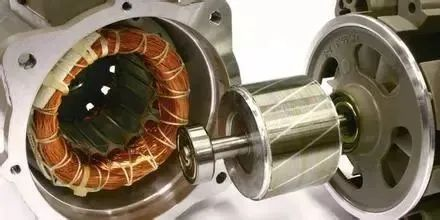Learn about motor selection parameters, principles and methods
Date:2024-07-22 Author:Shandong Xinda Motor Co., Ltd.
Heating and cooling of electric motors

How to select motor capacity
Selection of motor type, model, voltage and speed
Temperature rise and insulation of electric motors



























 XINDA
XINDA